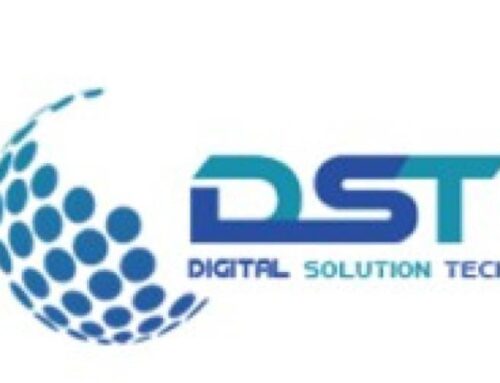In the evolving digital landscape, businesses must navigate through a vast array of platforms, technologies, and consumer preferences to achieve measurable results. A well-crafted digital strategy can bridge the gap between goals and success. It is not only about being present online but also about leveraging the right tools and methods to create impactful experiences. The following guide explores the essence of effective digital strategies that deliver tangible outcomes.
Understanding the Foundation of a Digital Strategy
Digital strategy serves as a blueprint for achieving business objectives through online channels. It aligns with the company’s broader goals, offering a structured approach to maximize digital assets. By combining technology, content, and data-driven insights, businesses identify opportunities, enhance their presence, and engage effectively with their target audiences.
Key elements of a strong digital strategy include:
- Clear Objectives: Defining what success looks like.
- Target Audience Insights: Understanding consumer behavior and preferences.
- Performance Metrics: Setting measurable benchmarks to track success.
Content: The Cornerstone of Digital Success
Content drives engagement, builds trust, and nurtures leads. Whether through blog posts, videos, infographics, or social media updates, delivering valuable and relevant information fosters credibility. Consistency in tone, style, and messaging is crucial to reflect the brand’s identity.
Successful content strategies focus on storytelling. Audiences connect emotionally with narratives that address their pain points or inspire them. Search engine optimization (SEO) ensures content reaches the intended audience. Strategic use of keywords, meta tags, and backlinking increases visibility, allowing content to resonate on a broader scale.
Leveraging Data and Analytics
Data forms the backbone of an effective digital strategy. Analytics tools provide insights into consumer behavior, campaign performance, and market trends. Businesses use this data to:
- Identify which channels generate the most engagement.
- Refine customer personas for targeted messaging.
- Optimize campaigns for higher returns on investment (ROI).
Predictive analytics further enhance decision-making, enabling businesses to anticipate trends and prepare accordingly. Personalization becomes seamless when insights guide the creation of tailored experiences.
Social Media as a Catalyst
Social media platforms offer unparalleled opportunities to engage with audiences directly. They serve as spaces for conversations, brand building, and customer support. The key lies in selecting platforms where the audience is most active and aligning content accordingly.
Strategies for effective social media management include:
- Regular interaction to foster community building.
- Using analytics to post at optimal times.
- Encouraging user-generated content to enhance authenticity.
By prioritizing engagement over overt promotion, businesses build relationships that translate into long-term loyalty.
The Role of Automation
Automation streamlines processes, saving time while enhancing effectiveness. Email marketing tools, chatbots, and customer relationship management (CRM) systems are vital components. They ensure consistent communication without compromising personalization.
For example, automated workflows can guide potential customers through the sales funnel, delivering content tailored to their position in the buyer journey. However, automation must balance efficiency with authenticity to maintain trust.
Optimizing for Mobile and Emerging Technologies
With mobile devices dominating web traffic, strategies optimized for mobile experiences are non-negotiable. Responsive design, fast-loading pages, and simplified navigation enhance user satisfaction.
Emerging technologies like artificial intelligence (AI), virtual reality (VR), and voice search further shape how businesses engage audiences. These innovations enable unique interactions, setting brands apart in competitive markets. Early adoption of these trends ensures relevance in an ever-changing digital sphere.
Adapting to Changing Trends
The digital landscape evolves rapidly, and strategies must remain flexible. Monitoring industry shifts, consumer preferences, and technological advancements ensures sustained success. Agility allows businesses to pivot when necessary, addressing challenges and seizing new opportunities.
Regular strategy evaluations keep goals aligned with market realities. By tracking metrics and adapting to feedback, businesses refine their approach and maintain competitive advantages.
Measuring Success and Ensuring ROI
Defining success metrics helps evaluate the impact of digital strategies. Common indicators include:
- Website traffic and engagement rates.
- Conversion rates and sales growth.
- Social media reach and follower engagement.
Tools like Google Analytics, social media insights, and heatmaps provide actionable data to measure performance. By analyzing these metrics, businesses identify areas for improvement and amplify successful initiatives.
Conclusion
Digital strategies succeed when they combine clarity, innovation, and adaptability. Businesses that prioritize understanding their audience, leveraging data, and embracing technological advancements achieve consistent results. A focused approach delivers outcomes that go beyond numbers, fostering meaningful connections and long-term growth
visit us : https://digitalsolutiontech.com/






Leave A Comment